Wet Chemical Extinguishing System
Wet chemical extinguishing system. Reactons Wet Chemical is the extinguishing agent of choice for preventing re-ignition from super-heated surfaces. The Reacton CTX Indirect system utilises a pre-mixed solution of wetting foaming extinguishing agent containing fluorine free foam concentrates freeze protection fluid and water. Potassium salts are sprayed out as a fine mist gently so as not to spread the burning oil or fat and these react to create a soapy film on the surface of the substance on fire.
Wet Chemical Extinguishing Systems. The chemical element of wet chemical fire extinguishers is potassium. This extinguishing method is specific to the cooking fires that may occur in residential and commercial settings.
Its a stainless tank with valve assembly which. The system shall use Kidde APC wet chemical. Fusible link holder Bracket.
Provisions focus on helping to improve the integrity and reliability of equipment designed to discharge wet chemicals from fixed nozzles and piping by means of expellant gas. It is intended for the use and guidance of those who purchase design install test inspect. This method of fire protection helps prevent major fire damage from happening in your commercial cooking area.
No matter what size of project you may have Safety Systems can help. From design through installation we can do it all. This extinguishing method is specific to the cooking fires that may occur in residential and commercial settings.
The system shall be capable of protecting all hazard areas associated with cooking equipment. Wet Chemical Fire Suppression System is what most people understand as the traditional fire suppression system for instance in a commercial kitchen. Wet Chemical Extinguishing System Components 1- Detectors.
Manufacturers develop agents specific to their appliances then seek approval. Product Name Wet Chemical Solution Fire Extinguishing Agent Pressurized and Non-pressurized Other Names AC-100 AC-250 Potassium Acetate Class K Recommended use of the chemical and restrictions on use Identified uses Fire Extinguishing Agent Restrictions on use Do not use on electrically energized equipment.
Wet-chemical extinguishing systems shall be installed maintained periodically inspected and tested in accordance with NFPA 17A and their listing.
Saponification also helps rapidly knock down the. Wet Chemical Extinguishing Systems. 10 GENERAL 11 References. Product Name Wet Chemical Solution Fire Extinguishing Agent Pressurized and Non-pressurized Other Names AC-100 AC-250 Potassium Acetate Class K Recommended use of the chemical and restrictions on use Identified uses Fire Extinguishing Agent Restrictions on use Do not use on electrically energized equipment. NFPA 17A Standard for Wet Chemical Extinguishing Systems provides requirements for designing installing operating testing and maintaining these systems through their life cycle. The wet chemical extinguishing system does a number of things including a process called saponification. The automatic wet chemical system is designed to protect the cooking appliances located under the exhaust hood. A subcommittee met in June 1983 to develop the text. Agents are usually harmless to humans but can corrodestain equipment.
The Reacton CTX Indirect system utilises a pre-mixed solution of wetting foaming extinguishing agent containing fluorine free foam concentrates freeze protection fluid and water. Its a stainless tank with valve assembly which. Wet Chemical - Extinguishing Action. Records of inspections and testing shall be maintained. The first edition of NFPA 17A was in 1986. The system shall consist of Kidde WHDR Series Cylinder Valve Assemblies Kidde actuation hardware and Kidde distribution nozzles attached to a fixed pipe network. The system shall use Kidde APC wet chemical.
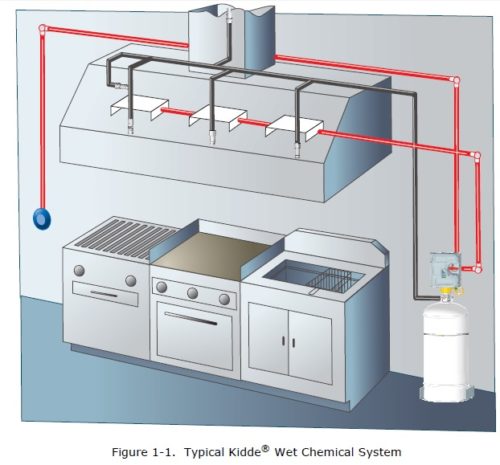
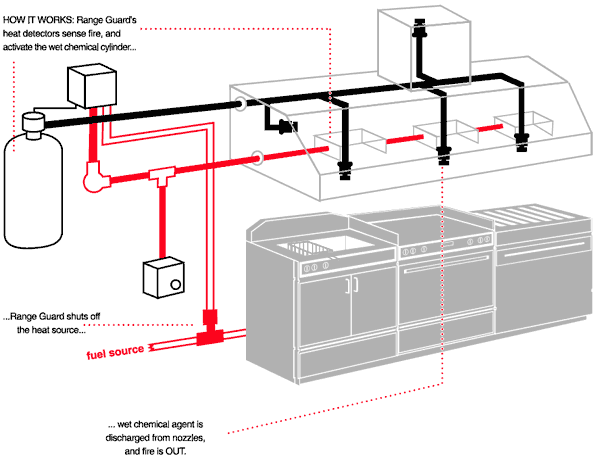

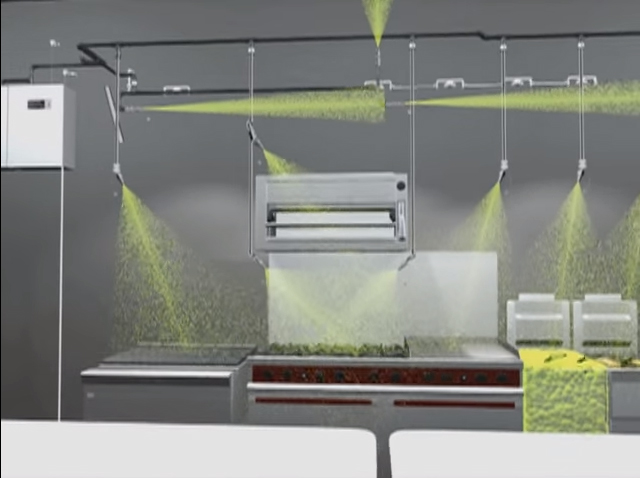




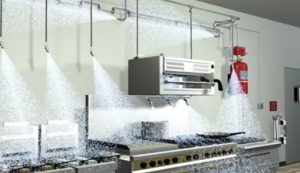



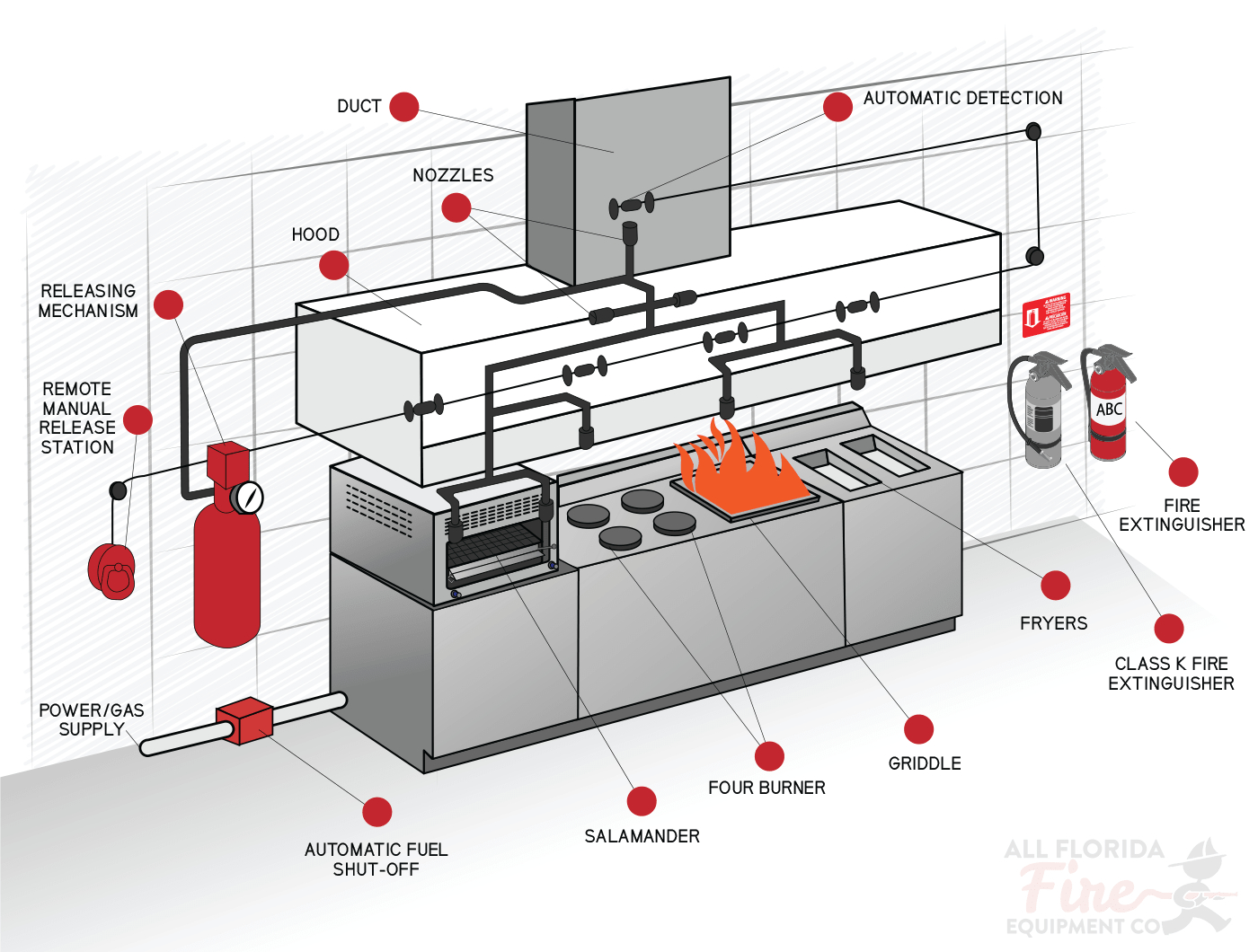














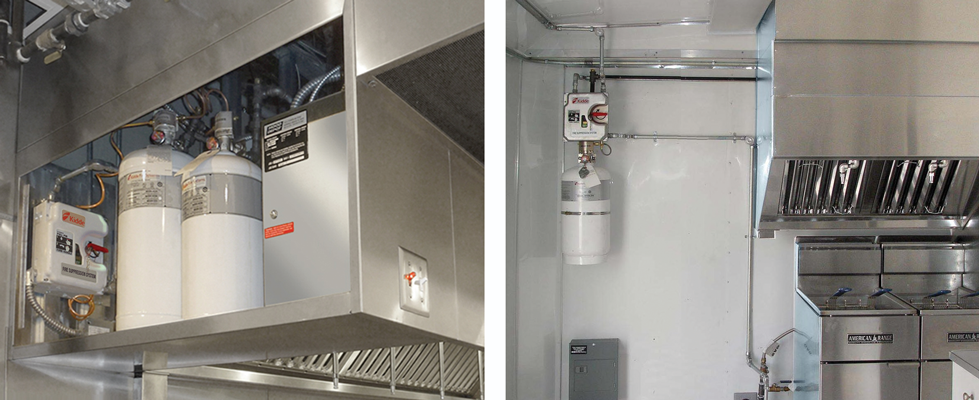








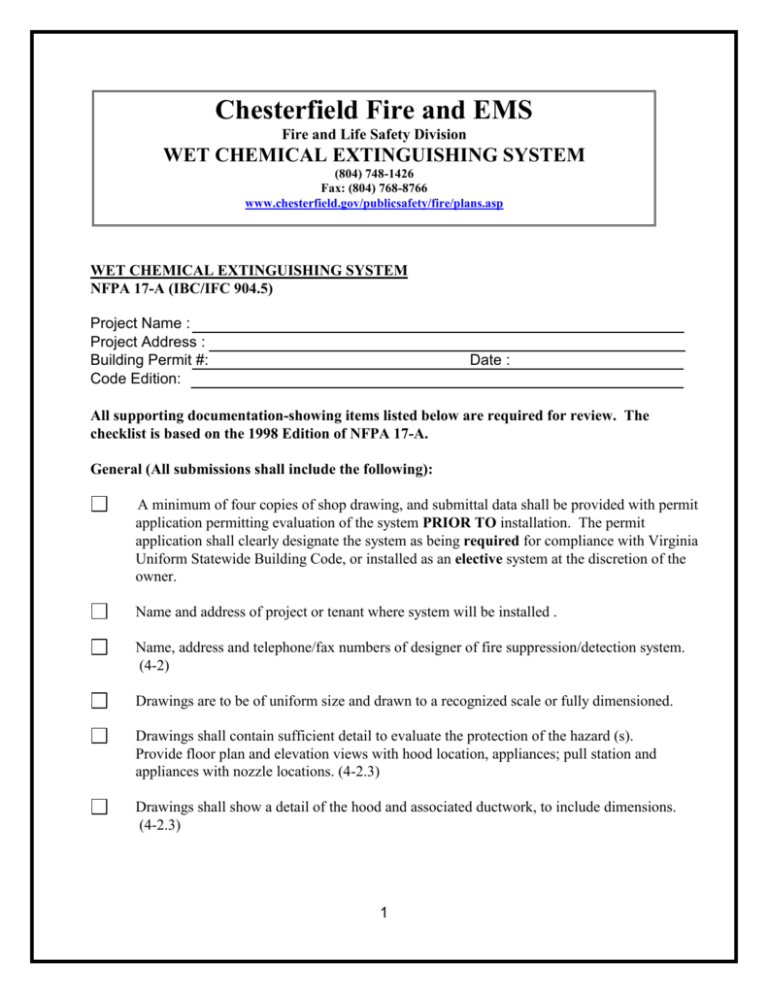
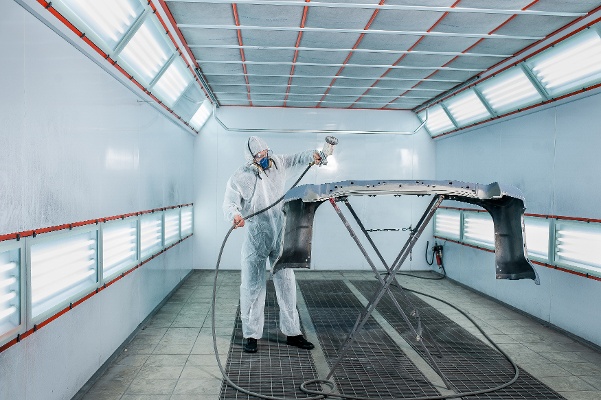
Post a Comment for "Wet Chemical Extinguishing System"